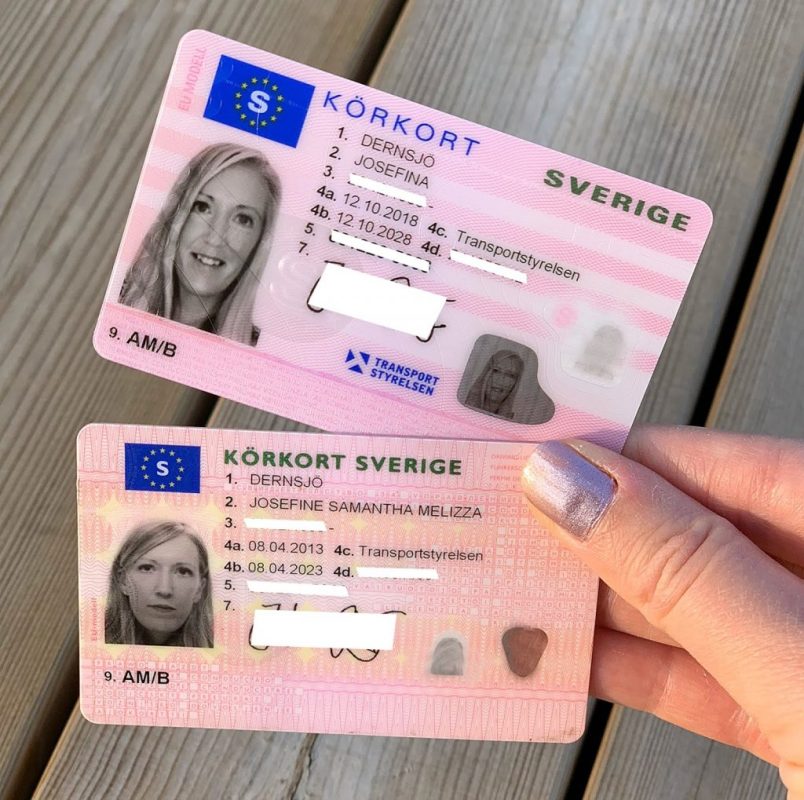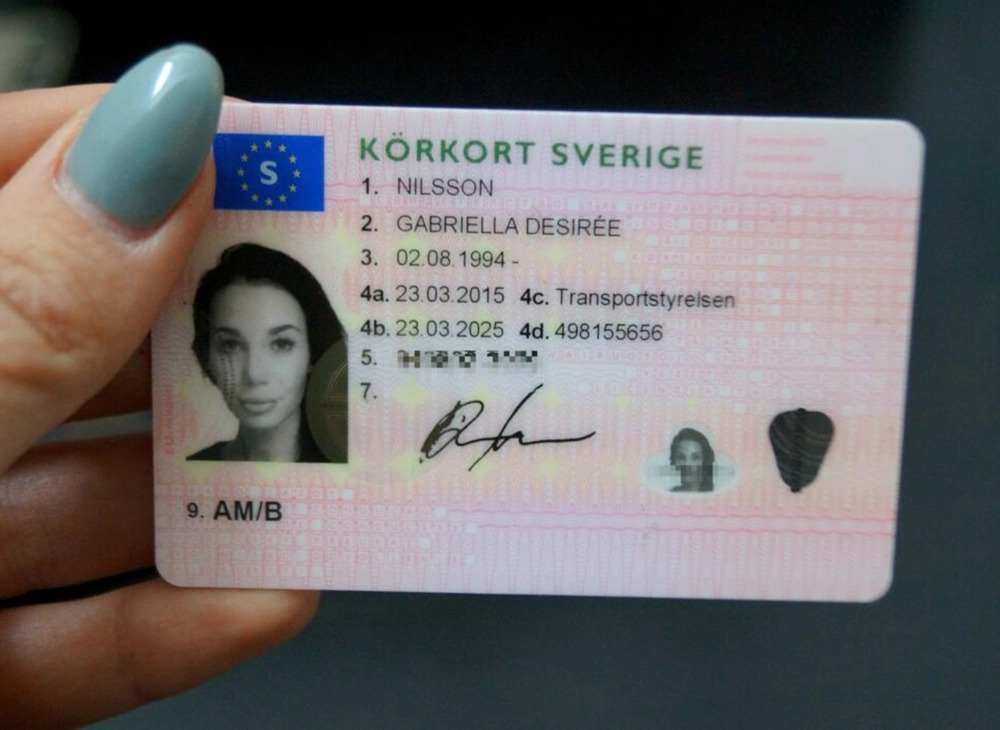Don't Make This Mistake You're Using Your Driving License Id…
페이지 정보
작성자 Susanna 작성일25-10-12 02:28 조회10회 댓글0건관련링크
본문
The Future of Driving Licenses: ID Handling in 2025
As innovation continues to progress at an unmatched rate, numerous sectors are welcoming innovations to boost user experience and performance. Among the areas experiencing significant change is identity management, particularly worrying driving licenses. With the introduction of digital licenses and advanced recognition methods, the landscape of driving license ID handling is anticipated to undergo considerable modifications by 2025. This article explores the awaited developments in driving license ID handling, the ramifications for users, and answers frequently asked concerns about the future of driving licenses.

The Evolution of Driving Licenses
Driving licenses have actually typically functioned as a way of recognizing an individual's authority to operate a motor lorry. They likewise serve numerous secondary purposes, including age verification and identity verification for banking and travel. However, the physical card system has constraints, including threats of counterfeiting, loss, and outdated details. As society gravely depends on efficient and safe and secure recognition systems, the transition towards digital licenses is ending up being progressively popular.
Present Trends in Driving License ID Handling
Digital Licenses: Many states are piloting digital driving licenses that permit users to store their credentials on their mobile phones. These digital licenses are designed with innovative security functions, consisting of biometric data, and can be scanned or shared firmly.
Blockchain Technology: Some jurisdictions are checking out blockchain to enhance the security and credibility of driving licenses. This innovation guarantees that info can not be tampered with which the information is quickly verifiable.
Facial Recognition: Increasingly utilized in identification practices, facial recognition technology can speed up the procedure of confirming a person's identity against their driving license. This innovation likewise helps lower scams and keep the integrity of the licensing systems.
Multi-Functional Licenses: Future driving licenses may integrate extra functions such as health records, travel documentation, and even payment systems, offering a detailed identity service.
The Benefits of Digital Driving Licenses by 2025
The shift toward digital driving licenses presents a number of benefits, including:
Convenience: Users can access their licenses anytime, which eliminates the requirement for physical cards. This is especially beneficial when individuals forget their license, as digital copies can be obtained rapidly.
Security: Advanced security procedures can minimize the threat of identity theft, scams, and unauthorized duplication. Digital licenses frequently consist of encryption and biometric confirmation.
Effectiveness: Reduced wait times at federal government workplaces and during traffic stops, as law enforcement can verify digital licenses instantly.
Ramifications for Users
While the developments in driving license ID handling present many advantages, they also come with obstacles. Users require to adjust to new technology and guarantee they understand the modifications and their implications. Here are some considerations:
Privacy Concerns: With increased digital footprints, there will be increased issues over data personal privacy and how biometric data is saved and utilized.
Ease of access Issues: Individuals without access to smartphones or digital innovations might face barriers to getting and utilizing digital licenses.
Regulatory Compliance: With various jurisdictions adopting various systems and procedures, users must be conscious of their local laws regarding digital licenses and recognition.
Anticipated Changes in Driving License ID Handling by 2025
| Element | Present Status | Anticipated Change by 2025 |
|---|---|---|
| License Format | Physical cards | Primarily digital licenses |
| Verification Process | Manual checks | Automated biometric confirmation |
| Security Measures | Standard holograms and functions | Advanced encryption and blockchain |
| Jurisdictional Differences | Fragmented processes throughout states | More standardized national systems |
| User Interaction | In-person renewals and checks | Mobile applications for management |
FAQs
1. What is a digital driving license?A digital driving license is an electronic variation of a traditional driving license that is kept on a mobile phone. It can be utilized for identification and verification in numerous circumstances, with boosted security functions to avoid fraud.
2. How will digital licenses improve security?Digital licenses use file encryption and biometric information, making them more tough to forge or misuse compared to conventional cards. Furthermore, blockchain technology can ensure information credibility and integrity.
3. Will everyone be required to change to a digital license?While numerous jurisdictions are approaching digital licenses, policies might vary. Users are motivated to consult their regional licensing authorities for specific standards.
4. What are the possible disadvantages of digital licenses?Some potential drawbacks include personal privacy concerns regarding data storage, ease of access concerns for people without smart devices or KöKort digital literacy, and the requirement for a robust regulative framework to manage security and user rights.
5. How can I prepare for the shift to digital licenses?Stay informed about regional initiatives relating to digital licenses, check out available mobile applications for handling identification, and cultivate digital literacy to navigate brand-new innovations with confidence.
The future of driving licenses and ID handling is poised for considerable advancement by 2025. As digital licenses end up being more prevalent, users will experience improved security, benefit, and efficiency. Nevertheless, alongside the advantages come obstacles that will require public awareness and adaptation. Stakeholders should prioritize education, regulation, and availability to guarantee a smooth shift that empowers individuals with the recognition tools of the future. As innovation advances, so too will the techniques through which society manages identity, especially vital in procedures as basic as running an automobile.

댓글목록
등록된 댓글이 없습니다.
